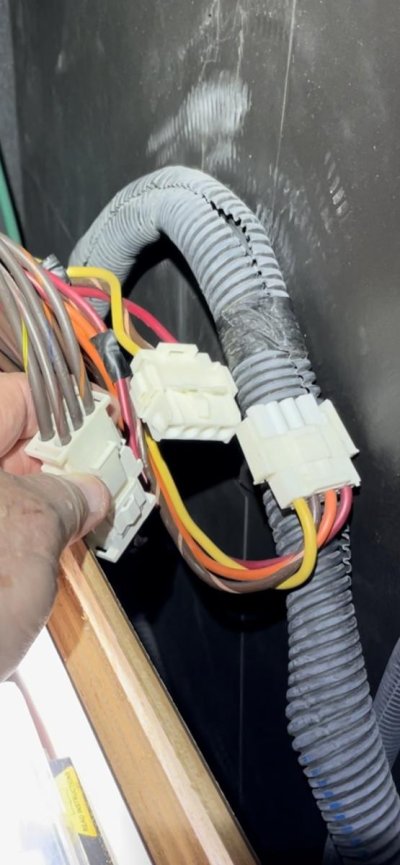Dougcole
Guru
In my case the relays were mounted to a bulkhead behind the 12V breaker panel. Six identical relays were arranged in 2 parallel columns about 3" apart. These things were daisy chained together, with primary circuits triggering secondary circuits which triggered the next relay, etc. Just above and between the columns was the faulty relay that controlled the high water alarm. The relay tested good with the volt meter, but wouldn't transfer current to the secondary when 12V was applied to the primary. Until I hit it with the hammer. It also made me feel better.
Ha! I totally understand wanting to hit it with a hammer. I'm about at that point as well.
For now, I'm going to stick with it as it is, everything functions except that the three primary pumps no longer auto activate when the HW alarm turns on. I prefer it that way.
I've learned a lot here though, and I now have two spare relays in my box. I like knowing how things work (or are supposed to work) on my boat. I have a feeling that another one of those relays may fail in the future.





